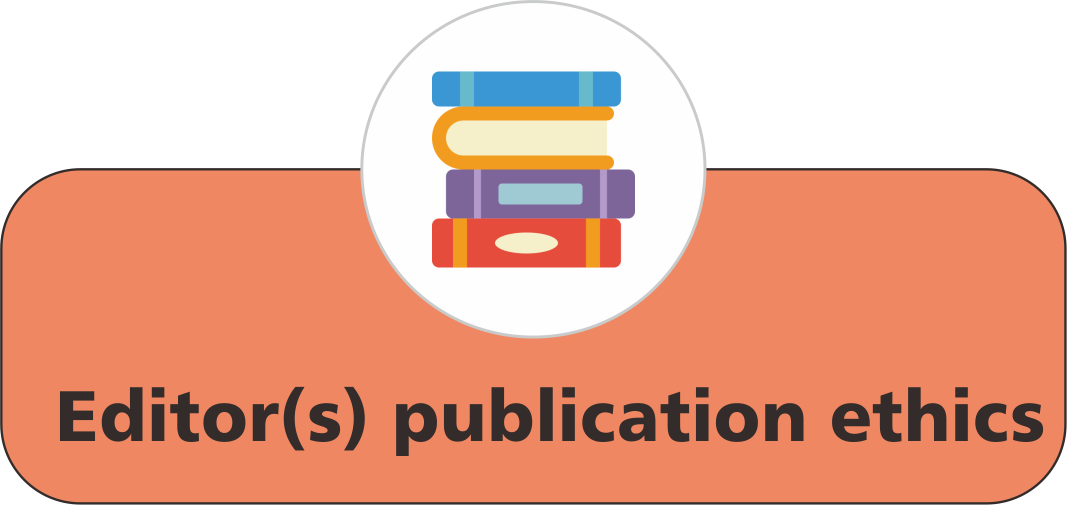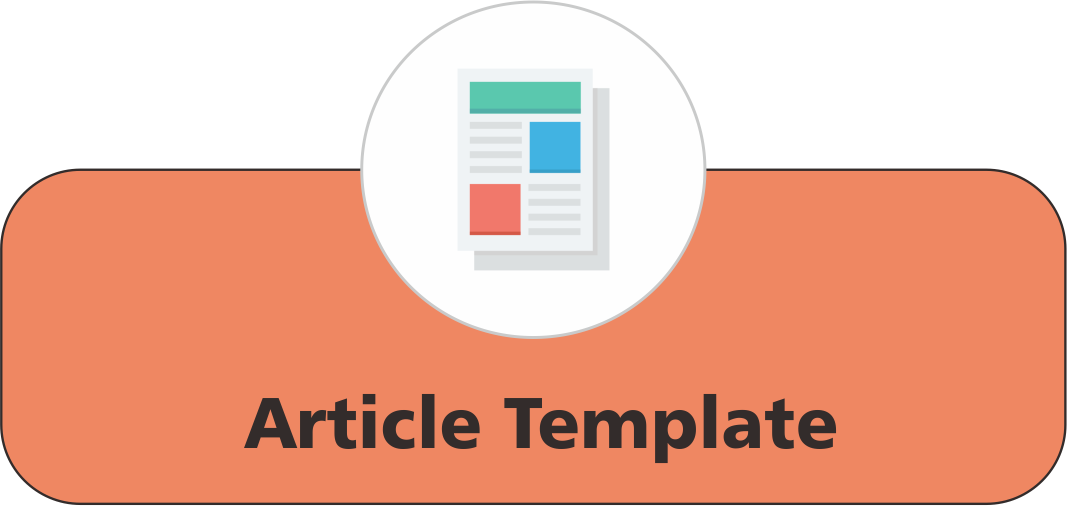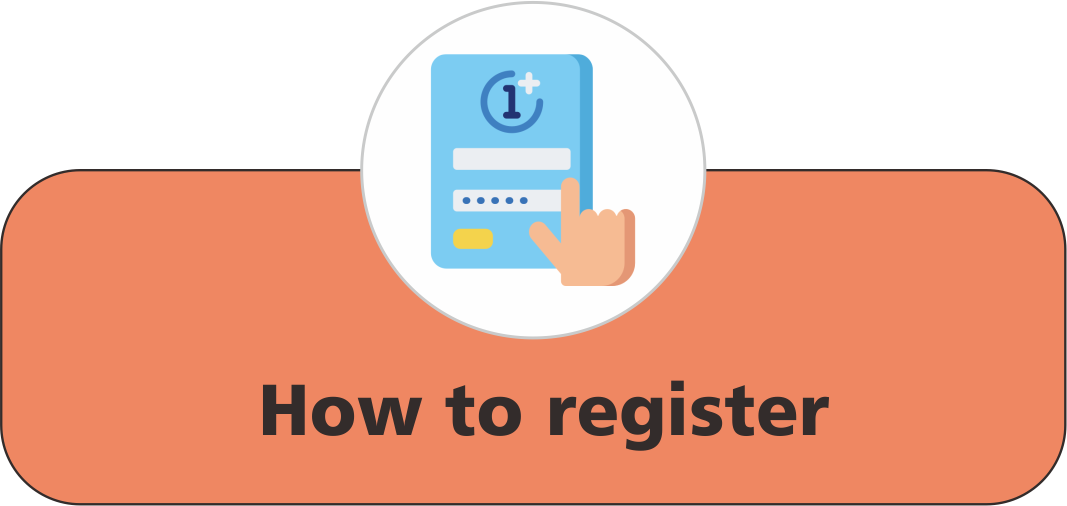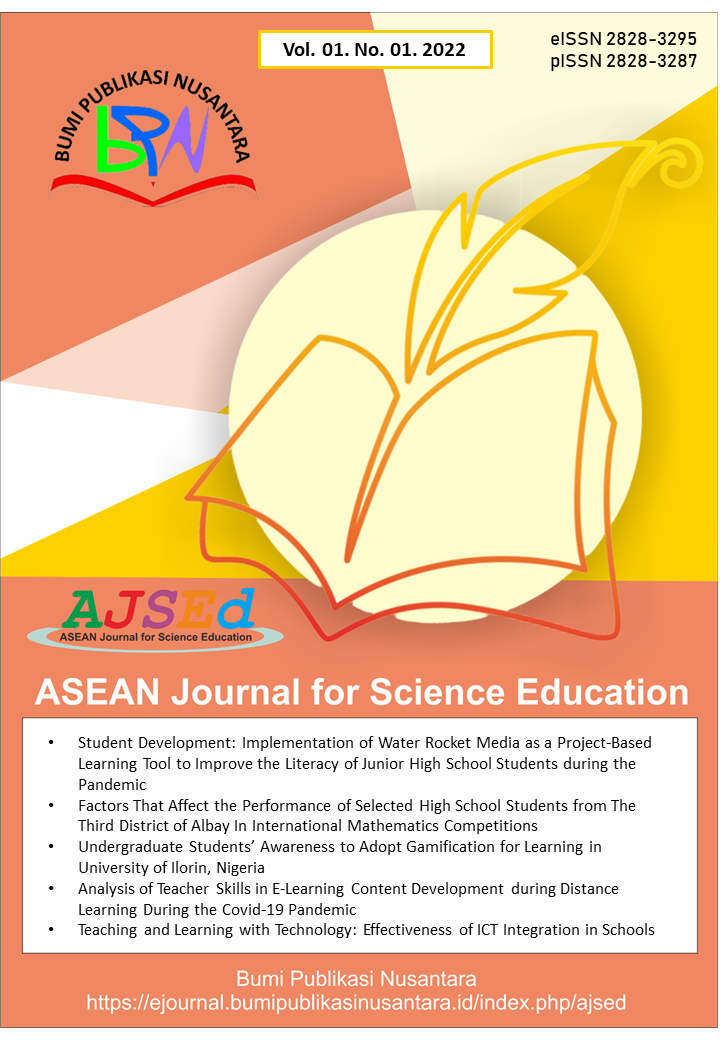Accessibility and Utilization of Artificial Intelligence (AI)-Based Intelligent Tutoring Systems (ITS) and Information and Communication Technology (ICT) In Enhancing Biology Education
 ), Hameed Olalekan Bolaji(2), Akanbi Jimoh Abdulraheem(3),
), Hameed Olalekan Bolaji(2), Akanbi Jimoh Abdulraheem(3),
(1) Al-Hikmah University
(2) Al-Hikmah University
(3) Al-Hikmah University
 Corresponding Author
Corresponding Author
Abstract
This study investigates the accessibility and utilization of Artificial Intelligence (AI)-based Intelligent Tutoring Systems (ITS) and Information and Communication Technology (ICT) tools in enhancing Biology education among university lecturers in Kwara State. A descriptive survey design was employed, involving 44 Biology lecturers across selected public and private universities. The study assessed their awareness, accessibility, and usage of ITS platforms such as BioTutor, Assessment and Learning in Knowledge Spaces (ALEKS), Smart Sparrow, Carnegie Learning’s Cognitive Tutor, and Knewton. Findings revealed a moderate level of awareness among lecturers, with Smart Sparrow and ALEKS being the most accessible and frequently used platforms. BioTutor and Knewton showed moderate usage, while Carnegie Learning’s Cognitive Tutor was less accessible. Despite existing awareness, challenges related to infrastructure, training, and integration persist. The study recommends professional development programs, improved technological infrastructure, curriculum integration of ITS, and systematic monitoring to ensure effective adoption and application of AI and ICT tools in Biology education.
Keywords
References
Ahmed, A. R., Aleid, S. M., and Mohammed, M. (2023). Impact of modified atmosphere packaging conditions on quality of dates: Experimental study and predictive analysis using artificial neural networks. Foods, 12(20), 3811.
Allen, D., and Tanner, K. (2005). Infusing active learning into the large-enrollment biology class: Seven strategies, from the simple to complex. Cell Biology Education, 4(4), 262-268.
Beyer, C. J., Delgado, C., Davis, E. A., and Krajcik, J. (2009). Investigating teacher learning supports in high school biology curricular programs to inform the design of educative curriculum materials. Journal of Research in Science Teaching: The Official Journal of the National Association for Research in Science Teaching, 46(9), 977-998.
Bimba, A. T., Idris, N., Al-Hunaiyyan, A., Mahmud, R. B., and Shuib, N. L. B. M. (2017). Adaptive feedback in computer-based learning environments: A review. Adaptive Behavior, 25(5), 217-234.
Cheng, T., and Teizer, J. (2013). Real-time resource location data collection and visualization technology for construction safety and activity monitoring applications. Automation in construction, 34, 3-15.
Farhan, W., Razmak, J., Demers, S., and Laflamme, S. (2019). E-learning systems versus instructional communication tools: Developing and testing a new e-learning user interface from the perspectives of teachers and students. Technology in Society, 59, 101192.
Gocen, A., and Aydemir, F. (2020). Artificial intelligence in education and schools. Research on Education and Media, 12(1), 13-21.
Hassan, M. A., Habiba, U., Khalid, H., Shoaib, M., and Arshad, S. (2019). An adaptive feedback system to improve student performance based on collaborative behavior. Leee Access, 7, 107171-107178.
Hemachandran, K., Verma, P., Pareek, P., Arora, N., Rajesh Kumar, K. V., Ahanger, T. A., and Ratna, R. (2022). Artificial intelligence: A universal virtual tool to augment tutoring in higher education. Computational Intelligence and Neuroscience, 2022(1), 1410448.
Hussain, A., Jamal, H. S., Abid, M., and Rehana, S. A. A. (2024). The basic concepts and scope of biochemistry. Recent Trends in Multidisciplinary Research and Development, 1, 26-44.
Karsenti, T. (2019). Artificial intelligence in education: The urgent need to prepare teachers for tomorrow’s schools. Formation et Profession, 27(1), 112–116.
Lamb, R., and Davidson, E. (2005). Information and communication technology challenges to scientific professional identity. The Information Society, 21(1), 1-24.
Mahanan, M. S., Ibrahim, N. H., Surif, J., and Chee, K. N. (2021). AR module for learning changes of matter in chemistry. International Journal of Mobile Technologies, 15(23), 72-88.
Markose, M., and Dewtwal, M. K. (2023). Artificial intelligence and teacher education: An exploration. ISSRA Journal of Education, Linguistics and Literature, 3(6), 6-9.
Mou, X. (2019). Artificial intelligence: Investment trends and selected industry uses. International Finance Corporation, 8(2), 311-320.
Nkiko, M. O. (2021). Interrogating the teaching and learning of chemistry in Nigerian private universities: Matters arising. Journal of Education and Learning, 10(3), 1927-5250, 1927-5269
Redish, E. F., Bauer, C., Carleton, K. L., Cooke, T. J., Cooper, M., Crouch, C. H., and Zia, R. K. P. (2014). NEXUS/Physics: An interdisciplinary repurposing of physics for biologists. American Journal of Physics, 82(5), 368-377.
Reeves, T. C. (2006). How do you know they are learning? The importance of alignment in higher education. International Journal of Learning Technology, 2(4), 294-309.
Rızvı, M. (2023). Investigating AI-powered tutoring systems that adapt to individual student needs, providing personalized guidance and assessments. The Eurasia Proceedings of Educational and Social Sciences, 31, 67-73.
Smyrnova-Trybulska, E., Morze, N., and Varchenko-Trotsenko, L. (2022). Adaptive learning in university students’ opinions: Cross-border research. Education and Information Technologies, 27(5), 6787-6818.
Sokolowski, H. M., and Ansari, D. (2018). Understanding the effects of education through the lens of biology. NPJ Science of Learning, 3(1), 17.
Sony, M., Antony, J., and McDermott, O. (2023). The impact of healthcare 4.0 on the healthcare service quality: A systematic literature review. Hospital Topics, 101(4), 288-304.
Taber, N., Mehmood, A., Vedagiri, P., Gupta, S., Pinto, R., and Bachani, A. M. (2020). Paper versus digital data collection methods for road safety observations: Comparative efficiency analysis of cost, timeliness, reliability, and results. Journal of Medical Internet Research, 22(5), e17129.
Tansey, J. T., Baird Jr, T., Cox, M. M., Fox, K. M., Knight, J., Sears, D., and Bell, E. (2013). Foundational concepts and underlying theories for majors in “biochemistry and molecular biology”. Biochemistry and Molecular Biology Education, 41(5), 289-296.
Ugbede, O. J. (2024). Teachers' professional development and biology teaching quality. Global Research for New World Order, 5(1), 15-15.
Uzezi, J. G., and Jonah, K. J. (2017). Effectiveness of brain-based learning strategy on students’ academic achievement, attitude, motivation and knowledge retention in electrochemistry. Journal of Education, Society and Behavioural Science, 21(3), 1-13.
Waly, M. F. (2024). Artificial intelligence and scientific research. Sustainability Education Globe, 2(1), 1-14.
Zhang, B., Li, M., Zhang, Z., Goossens, B., Zhu, L., Zhang, S., and Wei, F. (2007). Genetic viability and population history of the giant panda, putting an end to the “evolutionary dead end”. Molecular Biology and Evolution, 24(8), 1801-1810
Article Metrics
Abstract View : 432 times
: 432 times Download : 224 times
Download : 224 times
Refbacks
- There are currently no refbacks.
Copyright (c) 2025 Bumi Publikasi Nusantara

This work is licensed under a Creative Commons Attribution-ShareAlike 4.0 International License.







